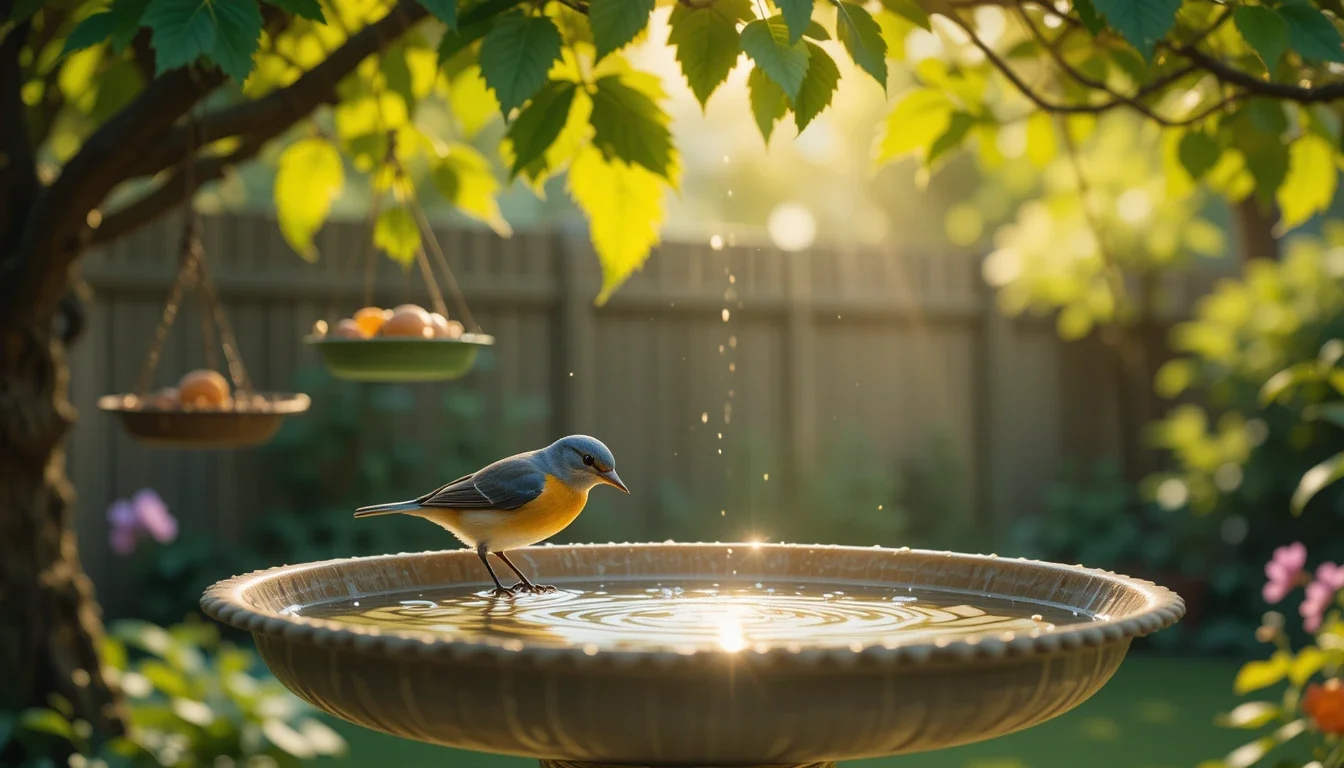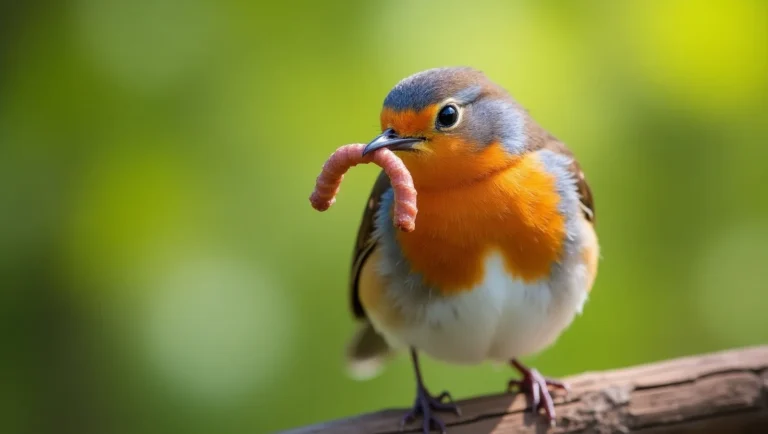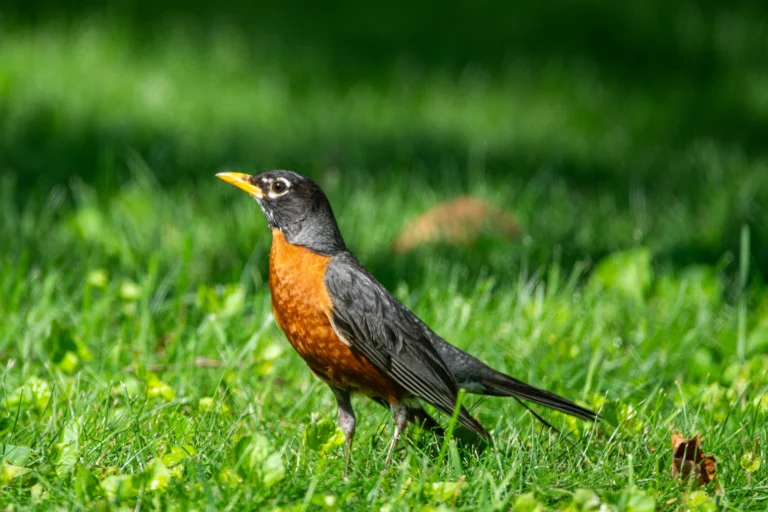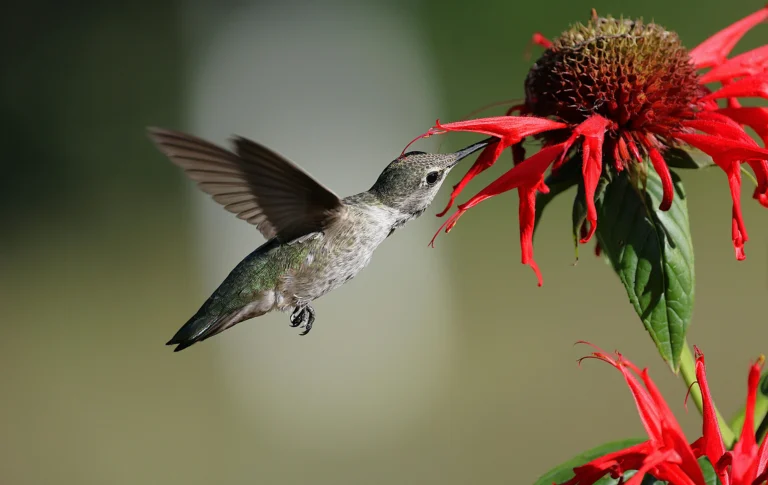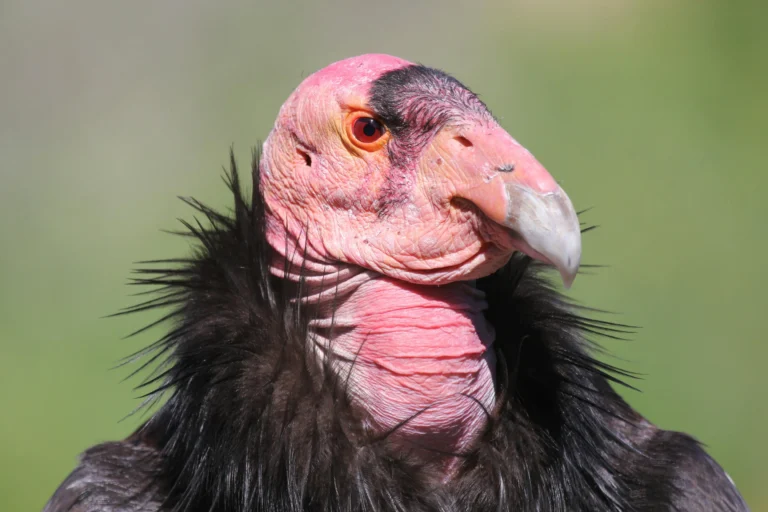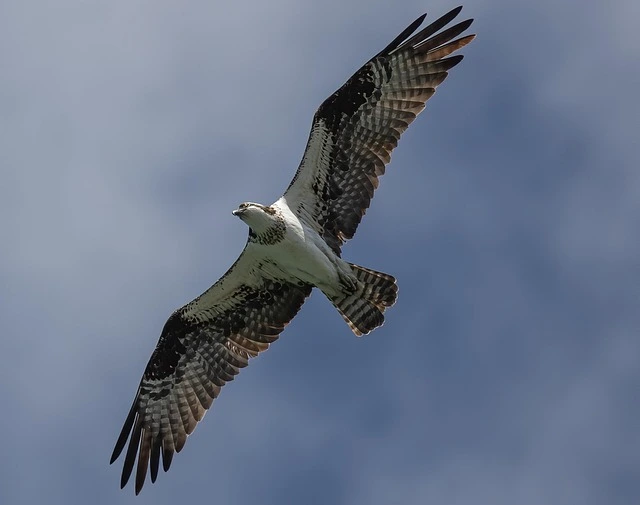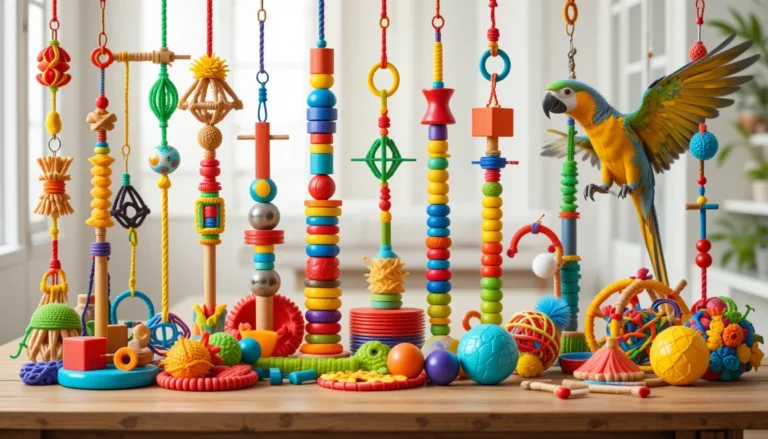As the summer heat rises, many birds struggle to survive in hot, dry conditions. Just like humans, birds are sensitive to high temperatures and need extra care during extreme weather. Backyard birds, in particular, depend on their local environment for fresh water, food, and shelter. Without these, they can quickly become dehydrated or overheated. Adding a clean birdbath, placing feeders in shaded areas, and planting bird-friendly shrubs can make a big difference. These small changes help birds stay cool, hydrated, and protected. Understanding how birds regulate body temperature, such as through panting or holding their wings away from their bodies, also helps bird lovers support them better. A well-prepared backyard can become a safe, cool place where birds feel secure during the hottest days of summer.
Understanding the Summer Struggles of Backyard Birds
Birds are warm-blooded animals, but unlike mammals, they can’t sweat to regulate their body temperature. Instead, they rely on behavior and environmental cues to cool down. Prolonged exposure to direct sunlight, dehydration, and lack of food variety can take a toll on their health.
Some common signs of heat stress in birds include:
- Panting or rapid breathing
- Holding wings away from the body
- Seeking constant shade or water
These signs are more likely to appear in summer birds like robins, sparrows, finches, and cardinals that frequent your backyard.
Providing Clean, Cool Water: A Lifesaver in Heat
One of the simplest yet most effective ways to help backyard birds is by ensuring they have access to clean, fresh water.
Bird Water Baths and Fountains
Adding a bird bath fountain helps in two ways: it provides a cooling spot and keeps the water moving, preventing mosquitoes from breeding. A shallow dish with stones or pebbles works well for smaller birds. You can also use solar-powered bird fountains for energy efficiency and ease of setup.
The Way Birds Drink Water
Birds sip and tilt their heads back to swallow, unlike mammals. That means the depth of the water should be shallow enough to stand in, but deep enough to dip their beaks. Change the water daily to keep it fresh and algae-free.
Bird Bath Ideas for Hot Days
Place your bird bath in a shaded area to slow down evaporation and keep the water cool. Add ice cubes during heatwaves to maintain a safe temperature. Hanging bird baths or pedestal styles help keep predators away.
Shade and Shelter: Cooling Spots for Summer Birds
In the hot summer months, providing shade and shelter is just as important as offering water. Birds, just like humans, need a place to escape the harsh sun, especially during peak afternoon hours. Shade helps prevent heat stress, while shelter gives birds a safe place to rest and recover.
Create Natural Shade
One of the best ways to offer shade is by planting native trees, shrubs, or climbing vines in your garden or backyard. Here’s why this matters:
- Dense foliage naturally blocks sunlight, creating cool pockets of air underneath.
- These plants also attract beneficial insects, which are a major food source for many birds, especially during nesting season.
- Native plants blend well into the local ecosystem, making your yard more bird-friendly year-round.
Some great options include:
- Flowering shrubs like hibiscus or lilac
- Tall trees such as oak, maple, or neem (depending on your region)
- Vines like clematis or honeysuckle growing over trellises or fences
Add Artificial Shelters
If your outdoor space doesn’t have enough trees or shrubs, you can still help birds by adding artificial shelters:
- Birdhouses and nesting boxes offer birds a cool and private space to hide during the hottest parts of the day.
- Always hang these shelters in shaded areas, like under tree canopies or on the north-facing side of your home or shed.
- Ensure these structures are well-ventilated. Good airflow helps prevent the inside from overheating.
- Keep them clean to avoid pests or mold buildup, especially during summer.
Artificial shelters can also serve as safe nesting spots, encouraging birds to raise their young in your yard where they are protected and supported.
Smart Feeding Strategies for the Summer Season
During the hot summer months, birds need more water, fresh food, and a little extra care to stay healthy. As the temperature rises, birds may change their eating habits. That’s why it’s important to give them the right kind of food that keeps them cool, hydrated, and full of energy.
Bird Feeding Guide for Summer
In summer, birds enjoy foods that are juicy and rich in water. Fresh fruits like oranges, melons, grapes, and berries are excellent choices. These fruits help birds stay hydrated in the heat. Seeds are still important, especially black oil sunflower seeds, which are full of healthy fats and are loved by many bird species.
Mealworms are another great option. They are full of protein and are very helpful for birds that are feeding their chicks during the breeding season.
Avoid giving birds suet during hot days unless it is labeled “no-melt suet.” Regular suet melts in high temperatures and can spoil quickly, which is harmful to birds.
Keep Feeders Safe in Heat
Always keep bird feeders clean in summer. The heat causes food to spoil faster, and dirty feeders can grow mold or bacteria. Wash feeders at least once a week with warm, soapy water. Rinse them well and let them dry before adding fresh food.
Place feeders in a shaded area to keep the food from overheating. Also, make sure birds have access to clean, fresh water throughout the day.
Homemade Summer Treats for Birds
To help birds stay cool and happy, offer frozen fruit treats. One easy way is to freeze chopped fruit or berries in ice cube trays. Once frozen, place the cubes on platform feeders or in shallow dishes. Birds enjoy pecking at the cold fruits, which gives them extra hydration and fun.
Do Birds Go Into Heat? Debunking a Common Myth
Unlike mammals, birds don’t go into heat. However, summer is prime breeding season for many species. You might see increased activity as birds search for mates, build nests, and raise chicks. Providing nesting material (like pet hair or cotton threads) in your backyard can be a big help during this time.
Bird Bath Maintenance Tips for Summer
To keep your bird bath safe and effective:
- Change water daily
- Scrub weekly with a 9:1 water-to-vinegar solution
- Rinse thoroughly
- Keep it shaded and away from feeders to avoid contamination
These steps prevent harmful bacteria buildup and protect your backyard birds from getting sick.
Creating a Bird-Friendly Landscape
A bird-friendly landscape is more than just a garden. It’s a safe and welcoming space where birds can find food, water, shelter, and nesting spots. With a few simple steps, you can turn your backyard into a peaceful bird haven that attracts different bird species all year round.
1. Incorporate Native Plants
Using native plants is one of the best ways to support birds naturally. Native plants are those that grow naturally in your area, so local birds are already familiar with them.
Benefits of native plants for birds:
- They produce natural food like seeds, berries, and nectar.
- They attract insects, which are an important food source, especially for baby birds.
- They require less water and care because they are adapted to your local climate.
Examples of good native plants for birds (in North America):
- Coneflowers (Echinacea) – attract finches and hummingbirds.
- Bee Balm (Monarda) – produces nectar that hummingbirds and bees love.
- Elderberries – provide juicy berries for robins, waxwings, and more.
If you’re not sure which plants are native in your region, check with your local nursery or a native plant society.
2. Avoid Pesticides and Herbicides
Pesticides and herbicides may seem helpful in keeping your garden neat, but they can seriously harm birds.
Why you should avoid them:
- Direct poisoning: Birds can ingest chemicals while eating or preening.
- Killing insects: Many birds feed on insects, especially when feeding chicks. If the insects are gone, so is a major food source.
- Contaminated water: Chemicals can mix with rainwater and enter birdbaths or puddles.
Use natural methods instead:
- Try companion planting to keep pests away naturally.
- Use neem oil or garlic spray as eco-friendly pest control.
- Attract ladybugs and praying mantises to eat harmful insects.
3. Install Bird-Safe Features
Even a well-planted yard can be dangerous if it has hazards like glass windows or poorly placed feeders. Make your space safer with these simple steps:
a. Prevent Window Collisions
Birds often can’t see clear glass and may fly into windows, sometimes with fatal results. To prevent this:
- Apply window decals or films to break up reflections.
- Install external screens or hang strings or ribbons in front of windows.
b. Place Feeders and Baths Wisely
Put bird feeders and birdbaths in safe locations:
- Away from predators (like cats).
- Near shrubs or trees so birds can hide if needed.
- In visible, open spots to help birds see them easily and avoid crashing into windows.
c. Provide Variety
Include different types of feeders, perches, and water sources. Birds have different needs, so variety helps attract more species.
FAQs
The best birds to have in your yard are songbirds like cardinals, bluebirds, and finches for their beauty and pleasant songs. They also help by eating insects and keeping your garden lively.
The best backyard bird to raise is the chicken, especially breeds like Rhode Island Red or Orpingtons. They’re easy to care for, provide fresh eggs, and help with pest control.
The best thing to feed birds is a mix of seeds, nuts, and fruits like sunflower seeds, millet, and berries. This gives them balanced nutrition and attracts different bird species to your yard.
The best food for birds includes sunflower seeds, millet, peanuts, suet, and fresh fruits. These provide energy, protein, and essential nutrients for both wild and pet birds.
Budgies (parakeets) are considered the most friendly pet birds. They are social, easy to train, and enjoy interacting with humans.
Conclusion
Summer may bring sunshine and long days, but it also brings heat stress and danger for backyard birds. By making small changes like adding a shaded bird bath, setting up a fountain, or offering fruits, you can make your garden a true sanctuary.
Your Next Step: Add a simple bird bath today. Your feathered visitors will thank you.

